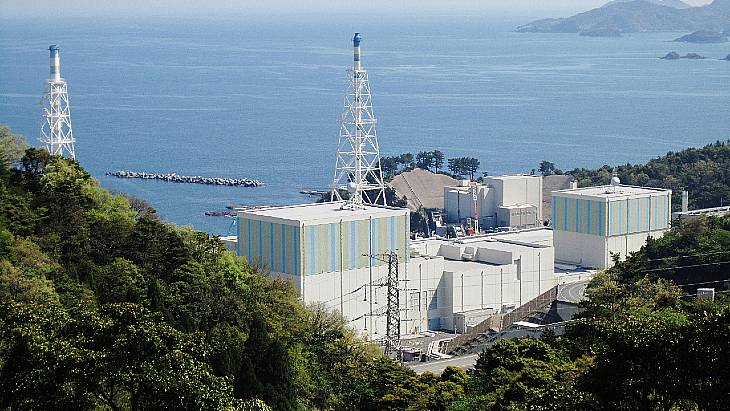The Historic Restart of Shimane Nuclear Power Plant: A New Era for Japan’s Energy Landscape
On Tuesday, 15 October 2024, significant developments are underway in Japan’s energy sector as Chugoku Electric Power Company prepares to restart unit 2 of its Shimane nuclear power plant. This momentous occasion marks the first time a boiling water reactor (BWR) in Japan will resume operations since the Fukushima disaster in 2011, signaling a potential shift in the country’s approach to nuclear energy.
Background: The Long Road to Restart
The Shimane nuclear power plant, located in the Shimane Prefecture, has been offline since January 2012, following the stringent safety regulations imposed after the Fukushima Daiichi nuclear disaster. In response to the catastrophic events, Japan’s Nuclear Regulation Authority (NRA) introduced revised regulations in July 2013, mandating that all nuclear facilities must meet enhanced safety standards to withstand natural disasters and mitigate severe accidents.
Chugoku Electric Power Company submitted its application for inspections to the NRA in December 2013, initiating a lengthy process to ensure that Shimane unit 2 complied with the new safety measures. The utility undertook extensive upgrades, including the construction of a formidable 15-meter-high sea wall designed to protect the facility from potential tsunamis and preparations for volcanic eruptions from the nearby Mount Sanbe.
Safety Assessments and Local Approval
In June 2021, the NRA approved a draft report confirming that Shimane unit 2 met the revised regulatory standards. Following a public comment period and further procedural requirements, the assessment was officially adopted in September 2021. This approval was a crucial milestone, as it positioned Shimane 2 as the 17th Japanese reactor to pass the NRA’s rigorous safety screenings and the fifth BWR to receive the green light for a restart.
Local consent was a vital component of the restart process. After receiving approvals from the cities of Matsue, Izumo, Yasugi, and Unnan, the governor of Shimane Prefecture granted his approval in June 2022, completing the necessary steps to gain community support for the 789 MWe BWR’s return to operation.
Revised Restart Timeline
Initially slated for an August restart, Chugoku Electric Power Company postponed the timeline to accommodate additional safety upgrade work. As of mid-October 2024, the utility has released a revised schedule, planning to load fuel into the reactor’s core on 28 October. The restart is expected to occur in early December, with power generation anticipated to commence later that month. Commercial operations are projected to begin in January 2025.
Chugoku has emphasized its commitment to safety, stating, "We will continue to take all possible measures to ensure the operator’s pre-operational inspections proceed steadily with safety as our first priority." This dedication to safety reflects the lessons learned from past nuclear incidents and the ongoing scrutiny surrounding nuclear energy in Japan.
The Broader Context of Nuclear Energy in Japan
The restart of Shimane unit 2 is particularly significant in the context of Japan’s energy policy. Since the Fukushima disaster, the country has grappled with its reliance on nuclear power, leading to the shutdown of numerous reactors. To date, eleven reactors have resumed operation, all of which are pressurized water reactors (PWRs). The return of a BWR to the grid represents a pivotal moment in Japan’s nuclear renaissance.
While Shimane unit 1, a smaller BWR that began commercial operation in 1974, is currently undergoing decommissioning, Chugoku Electric Power Company is also advancing plans for Shimane unit 3, a new 1373 MWe advanced boiling water reactor nearing completion. This development underscores the company’s commitment to modernizing its nuclear fleet while adhering to the highest safety standards.
Conclusion: A New Chapter for Nuclear Energy
As Japan prepares for the restart of Shimane unit 2, the implications extend beyond the immediate energy supply. This event symbolizes a cautious yet hopeful return to nuclear power, reflecting a broader reassessment of energy strategies in the wake of past crises. The successful restart of Shimane 2 could pave the way for further nuclear developments in Japan, potentially reshaping the nation’s energy landscape for years to come.
In a world increasingly focused on sustainable energy solutions, the restart of Shimane unit 2 serves as a reminder of the complexities and challenges inherent in balancing energy needs, safety, and community concerns. As the nation moves forward, the lessons learned from the past will undoubtedly play a crucial role in shaping the future of nuclear energy in Japan.
